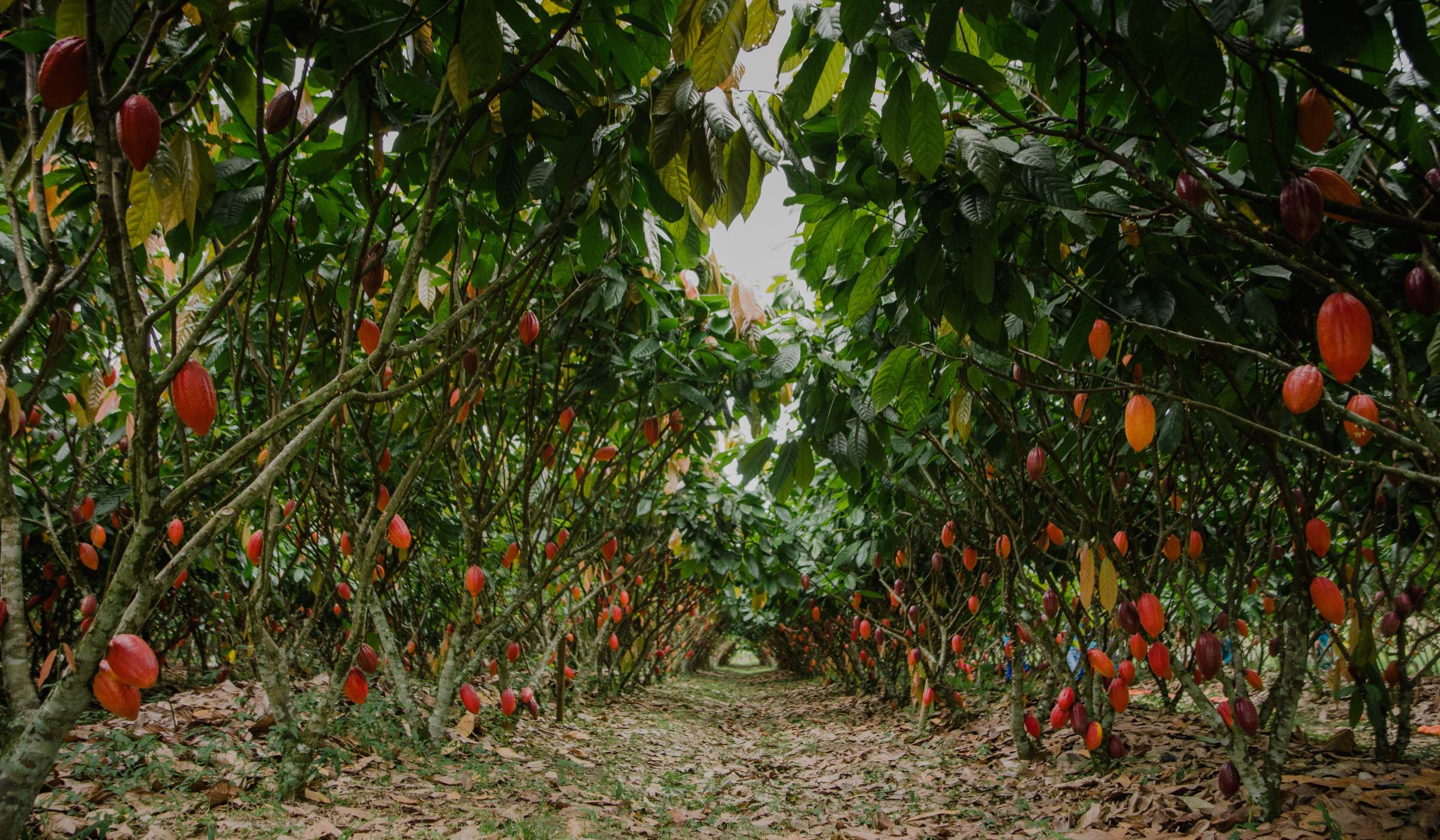
If a tree is protected in the forest and no one is there to hear it, does it still count in the fight against climate change?
That’s the fundamental question in the debate about how companies should account for decarbonization efforts that involve land use change, carbon removals like reforestation, and carbon offsets like forest protection or conservation.
The Science Based Targets Initiative (SBTi) is one of the world’s foremost organizations helping companies answer that question and track progress against their commitments. Thousands of companies and financial institutions have committed to set emissions reduction targets in line with SBTi’s criteria, have SBTi validate those targets and report annually on their progress.
Until now, according to the organization’s website, SBTi’s methodology has only accepted emissions reductions by companies that have been generated “through direct action within their own boundaries or their value chains.” This means that environmental attribute certificates (EACs) like carbon credits as well as carbon offset projects are not acceptable for companies to use in meeting their SBTi targets.
But that may be about to change. In April, SBTi’s Board of Trustees released a statement that indicated a philosophical shift in the organization’s stance – at least at the leadership level.
“While recognizing that there is an ongoing healthy debate on the subject matter, SBTi recognizes that, when properly supported by policies, standards and procedures based on scientific evidence, the use of environmental attribute certificates for abatement purposes on Scope 3 emissions could function as an additional tool to tackle climate change,” the statement read.
SBTi staff members sharply disagreed with the announcement and called for leadership changes at the organization. SBTi’s board said it would release a discussion paper about potential changes to Scope 3 accounting in July.
This begs the question: What could potential changes mean for WCF member companies and the cocoa sector overall?
More tools in the toolbox?
When it comes to EACs, there are strongly held views on both sides. Critics have said that they can lead to double counting of carbon savings and have questioned how permanent offsets would be. They also ask whether savings from offsets are truly additional – essentially, would a forest have been preserved anyway? Even more fundamentally, critics say that EACs undercut companies’ drive to create real reductions in their own supply chains.
But proponents argue that offsets have some clear advantages, providing a new set of tools for companies to achieve their net-zero commitments when they reach the limits of what’s physically possible in their own supply chains. In other words, it doesn’t need to be an “either/or” choice between offsets or removals, but an “and” offering additional options for companies to take action.
Besides that, forest conservation is cheaper than reforestation or restoration and ecologically more beneficial.
According to Peter Koegler, Vice President of Programmes at WCF, there’s one other benefit that can tend to be overlooked: EACs can help spur additional investment in rural areas that are especially crucial for the cocoa sector.
“EACs are a useful additional tool in companies’ arsenals to reduce their overall emissions, and they can also attract and catalyze investment into cocoa-producing landscapes that otherwise wouldn’t see meaningful investments,” Peter said. “In that sense, if done well with clear guardrails and standards, I believe EACs can help us protect existing forests and support cocoa-growing communities while combatting climate change at the same time.”
Overall, if SBTi stays the course with its proposed changes to allow some form of EAC counting, it could open the door for cocoa and chocolate companies to look at numerous new types of interventions. This could complement the sector’s shift toward a landscape approach.
Adriaan Korthuis is co-founder and managing director of Climate Focus, an advisory firm that coaches and provides resources to companies, NGOs and governments about carbon markets, forest restoration and related topics, including this overview of voluntary carbon markets.
According to him, SBTi’s move to recognize EACs may be almost inevitable because companies can only control their Scope 3 emissions to a limited extent. And so although he cautions that EACs alone won’t solve the climate crisis or the need to dramatically cut emissions, he sees some value in them.
“Let’s approach this from a holistic view,” Korthuis said. “We’re all on the same planet and we all want to save it. That can include regrowing trees that have been cut down and protecting the ones that are still there at the same time. We need both, and SBTi can channel a lot of corporate resources toward doing that.”
Guidance coming from WCF
WCF is currently working to develop a comprehensive greenhouse gas accounting methodology for the cocoa sector so our members and other stakeholders have an agreed upon single standard that will allow for benchmarking, provide clear guidance on what can and cannot be claimed, and inform on the types of climate interventions that should be the focus and where.
To do so, we are examining methodologies that individual members and the sector in general are currently using so we can deliver the most effective overall approach.
The standard – to be released sometime in the next year – will cover topics like land use change, land management, carbon removals and rebaselining.
“We know WCF members have questions about what they can count with regards to carbon. At WCF, we want to create clarity and alignment across the sector for our members and other stakeholders on crucial topics,” Koegler said. “We’re excited to do that in this area of carbon accounting so we can unify as a sector behind a single standard.”



